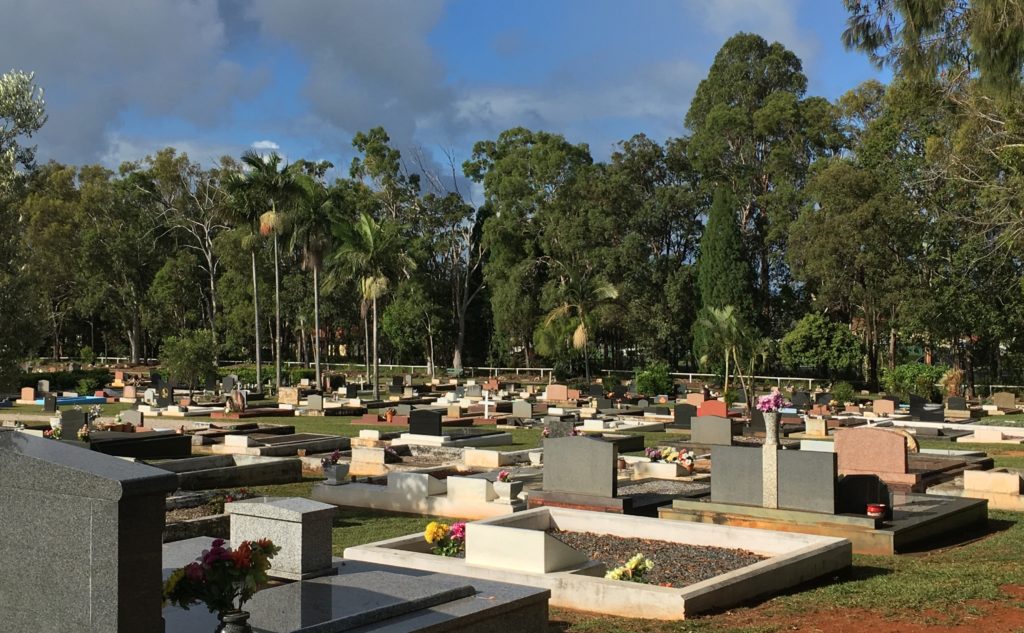Nothing lasts, everything changes constantly, relentlessly, and no one should ever presume the permanence of anything. With each moment of our life we move closer to death, and we cannot stave it off when our time finally comes.
We will die, our loved ones will die, all beings born in the six realms will die. Only the time of death remains uncertain, and where and how. Death itself is inevitable. Most people live in denial of death; practitioners live in unflinching mindfulness. Death for them is a powerful directive to find the essential meaning of life.
In the West almost every time we turn on the television or pick up a newspaper or a magazine, our mind is invaded by images of death – deaths in the thousands brought on by natural catastrophes or wars, deaths of famous public figures, deaths of ordinary people who die suddenly in strange circumstances.
Yet it is unusual to find anyone who has really integrated the inescapable reality of death into their perspective on life. Few are prepared. They see clouds gathering on the horizon but always expect the storm to break elsewhere.
Of the four reflections, the contemplation of death and impermanence is the most powerful spur to practice. Death and impermanence are not two forces; death is the dramatic display of impermanence. In truth, every phenomenon is a continuum of change, a series of infinitesimal deaths whereby what exists in one instant ceases to be in the next.
Shakyamuni Buddha demonstrated impermanence by his own passing into parinirvana. His disciples, as well as great saints and teachers, translators and scholars, dharma kings and upholders of the doctrine whose names and brilliant accomplishments illuminated their own time, exist only in stories or are forgotten to us now. Many of the Buddhist monuments that once adorned India, Afghanistan, Pakistan, China, Cambodia, Vietnam, and Indonesia have been reduced to heaps of rubble, desecrated ruins, and broken statues.
Everything in samsara is composite. As it comes together, so it falls apart. Reflect on these things and ordinary reality becomes but a series of dreamlike appearances, mirages, bubbles. Whether those appearances bring joy or sorrow, we need not grasp at them – they are not reliable, permanent, inherently true.
Yet we cannot deny our experience of their ceaseless display. Thoroughly exploring the nature of impermanence eventually brings us to a view beyond the extremes of existence and nonexistence, a view of appearances inseparable from their own empty nature.
Source: Based on Tromge, Jane. Ngondro Commentary: Instructions for the Concise Preliminary Practices. Padma Publishing. Kindle Edition.

Of the four reflections, the contemplation of death and impermanence is the most powerful spur to practice. Death and impermanence are not two forces; death is the dramatic display of impermanence. In truth, every phenomenon is a continuum of change, a series of infinitesimal deaths whereby what exists in one instant ceases to be in the next.
(Jane Tromge)
